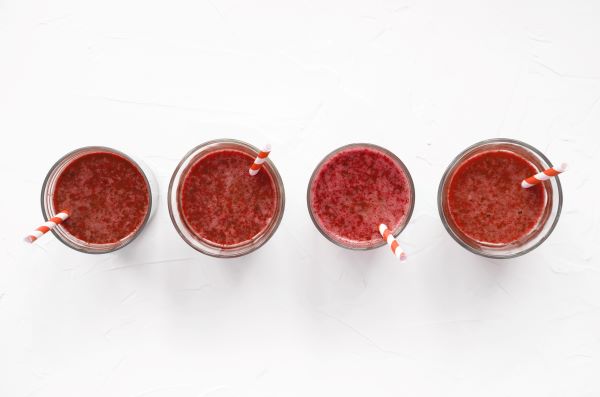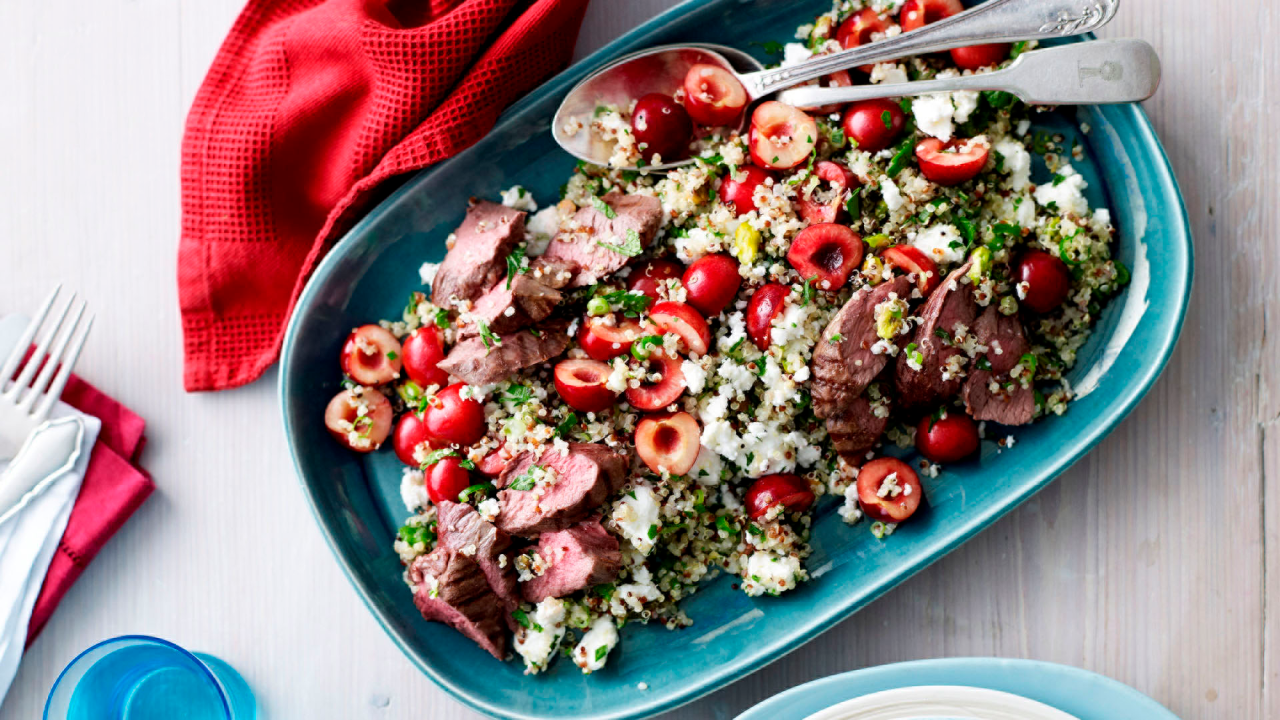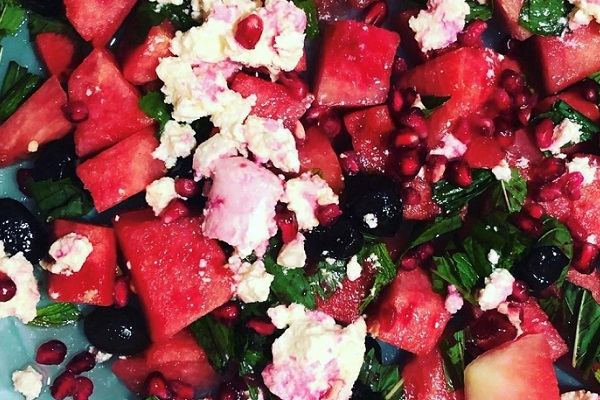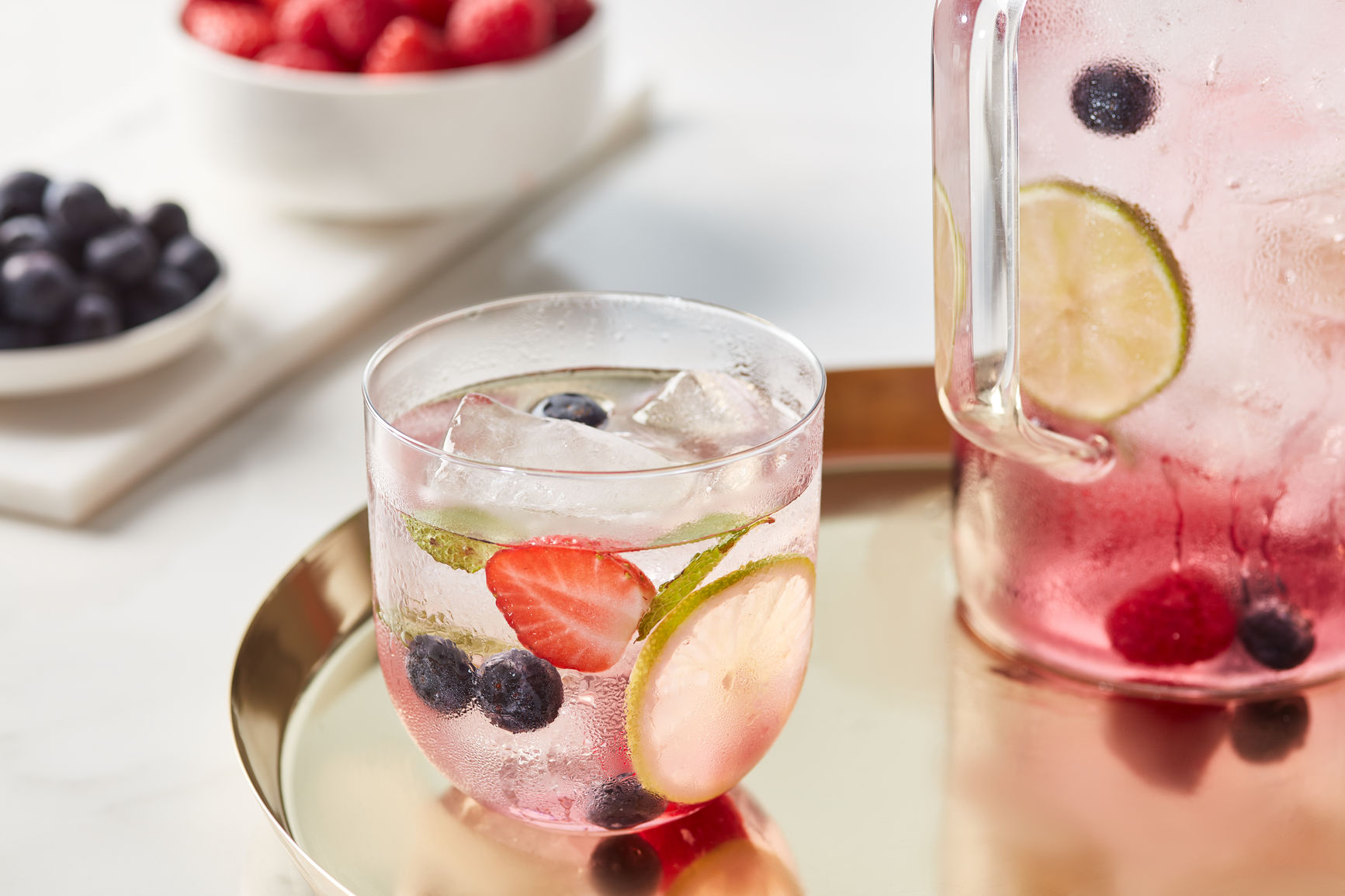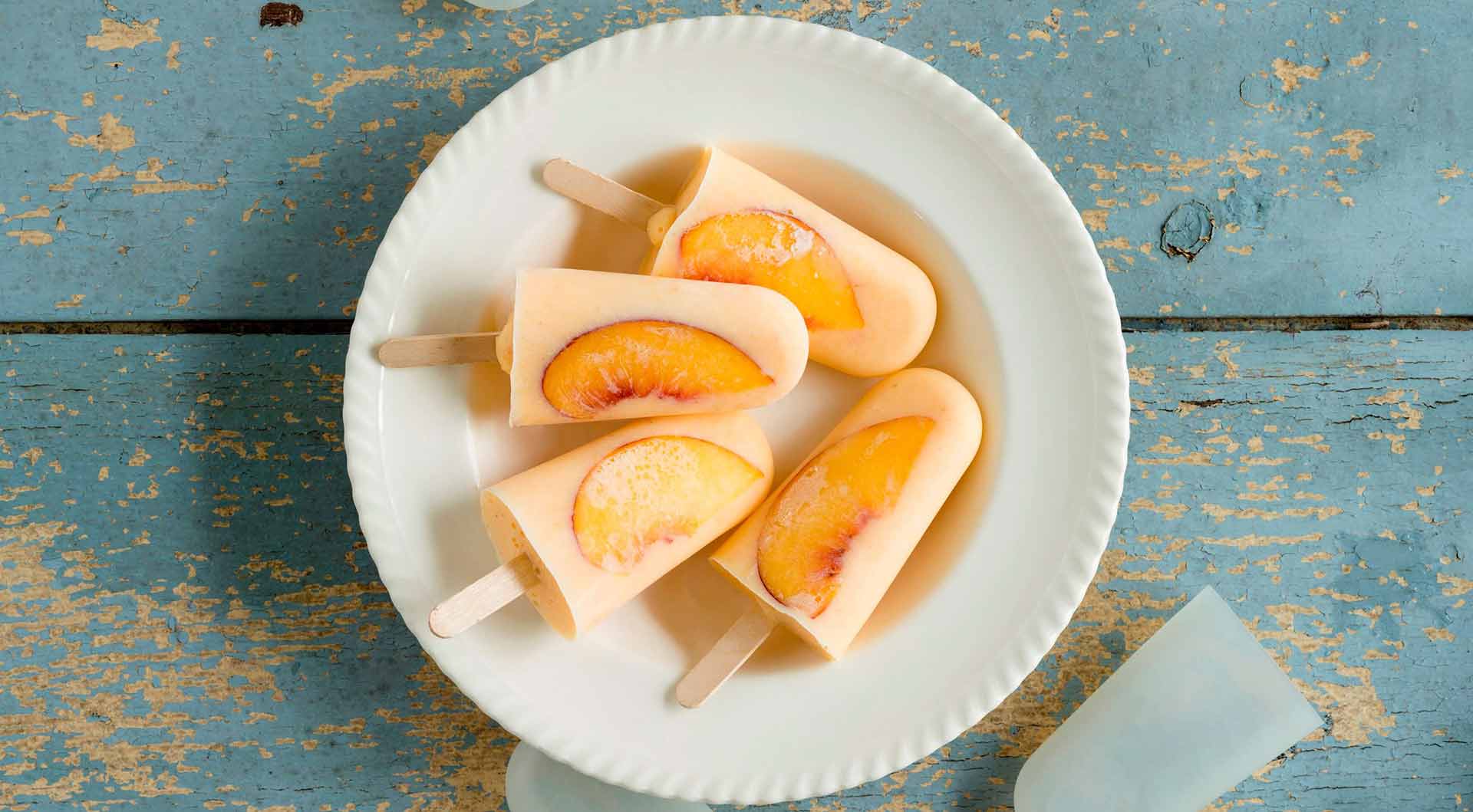-
One of the topics currently getting the nutrition and medical world excited is gut flora, also known as the gut microbiome. These are microorganisms like bacteria, fungi and viruses living in your gastrointestinal tract, otherwise known as your gut. We all have our own unique colony.
Why all the interest about a bunch of bacteria in our digestive systems? We are learning that the gut microbiome has an influence on many aspects of our health, ranging from digestion to immune function to mental health. It is responsible for:
- Protecting against harmful bacteria by lining the gut and making antimicrobial compounds.
- Making vitamin K and a variety of B group vitamins.
- Digesting carbohydrates such as fibres in the colon that would not be otherwise broken down, like resistant starch and insoluble fibres. This produces short chain fatty acids and gases that are beneficial for the health of the colon, and in some cases protective against colon cancer (eg. butyrate).
- Producing chemicals that enter the blood stream and ‘talk’ to other organs like the brain and liver.
- Aiding digestion and bowel function. Disruption of gut microbiota may also have influence on conditions such as obesity, non-alcoholic liver disease, anxiety and depression, but the method is still not understood.
How to change your gut flora
One of the most exciting parts is that we can make positive changes to the gut flora and its function with the way we eat.
You can quite quickly change your gut colony – changes have been seen in a number of days when people change from a high animal-based diet to one that is plant-based.
Feed it with fibre
With the right food, your gut flora will flourish – just like fertilising your garden plants at home. In particular, the good bacteria in your guts feed on certain types of dietary fibre. The Australian Dietary Guidelines recommend eating at least 25 g of fibre per day for women, and 30 g per day for men.
Dietary fibre is found in plant foods, and many of these contain a combination of fibre types, so stock up on those fruit and veggies, wholegrain breads and cereals. Here is where you can find the fibre types you need:
- Insoluble fibre. This type of fibre helps bulk up stools and keep you regular. You can find it in wholegrains, nuts, seeds, legumes and the outer skin of fruits and vegetables.
- Soluble fibre. This slows the breakdown of carbohydrates, keeping you feeling full and preventing blood sugar spikes. To get soluble fibre, eat fruits and vegetables, legumes and oats.
- Prebiotic fibre. This is a type of soluble fibre that feeds gut bacteria that help absorb certain nutrients and stimulate hormone production. It is found in cereal grains, vegetables (including asparagus, onions, garlic and cabbage), legumes (like chickpeas and lentils), fruit (such as bananas and nectarines) and nuts. This is an exciting area of research, but we still need to learn more.
- Resistant starch. This is formed when you cook some carbohydrate foods (for example potatoes and pasta) and let them cool. It is also found in underipe bananas and overnight soaked oats. The starch is resistant to digestion in the small intestines and passes to the large, where it stimulates bacteria to produce butyrate gas. This helps keeps the colon lining healthy.
To maximise your gut microbiota with dietary fibre, aim for the simple nutrition message of ‘two and five’ – two serves of fruit and five serves of vegetables each day. Throw in a handful of nuts, some wholegrain breads and cereals and legumes and you might have the best looking ‘gut garden’ around.
Prime it with probiotics
Another ingredient for gut health is probiotics – introducing some good bacteria to your gut to help improve the balance.
This is particularly important after a course of antibiotics, which can wipe out lots of gut bacteria. Generally for a health benefit you need to pick a bacteria strain that is specific, for example, looking for immune benefits or bowel regularity.
You can find various types of probiotics in foods like yoghurt (check the quantities of probiotics as some can be low), milk drinks like kefir, and other fermented foods like kombucha (be careful if making your own – you only want beneficial strains of bacteria!), kimchi, miso, tempeh, sauerkraut (only if not pasteurised, as this will kill the bacteria) and sourdough bread.
Feed your gut flora
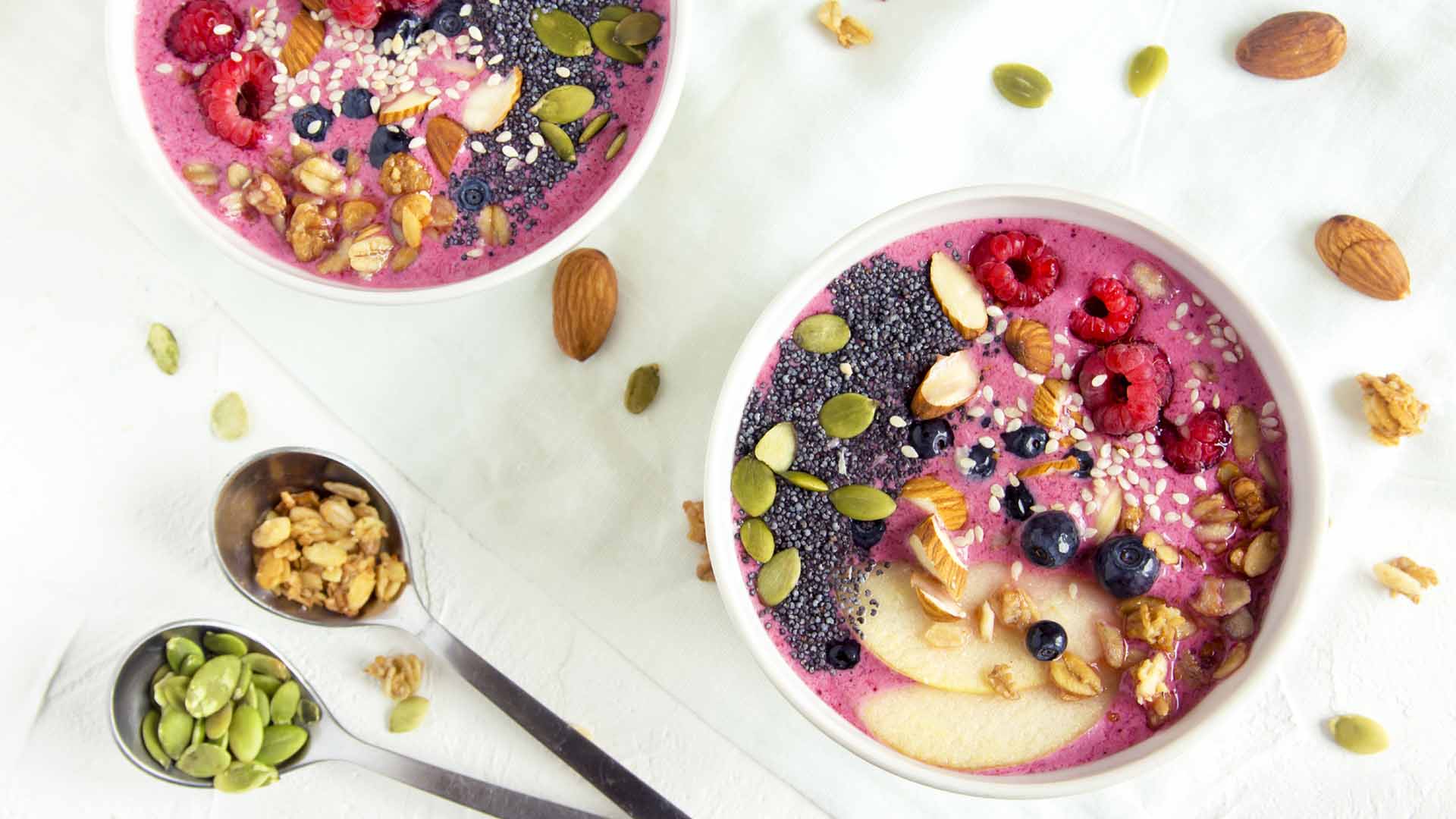
-
5 reasons to get your blender out
Soups, smoothies, sauces and more. Here we pay homage to one of the kitchen's most versatile appliances: the blender.
-
10 healthy recipes to enjoy this festive season
Trying to be healthy during the festive season can be tough. We’ve rounded up 10 of our most delicious summer recipes for you to make it easier.
-
Grilled chicken with mango and avocado salsa recipe
The flavour of the mango, lime and coriander work perfectly together to add a taste of summer to any meal.
-
Watermelon, pomegranate and olive salad recipe
You’ll be pleasantly surprised how well these flavours work together. It’s a simple and refreshing salad that will soon become a summer favourite.
-
Mocktail recipes: Five of the best
The same great taste.
-
10 delicious, low-sugar desserts
Naturally sweet ingredients are great for desserts
Subscribe to receive the best from Live Better every week. Healthy recipes, exercise tips and activities, offers and promotions – everything to help you eat, move and feel better.
By clicking sign up I understand and agree to Medibank's privacy policy

